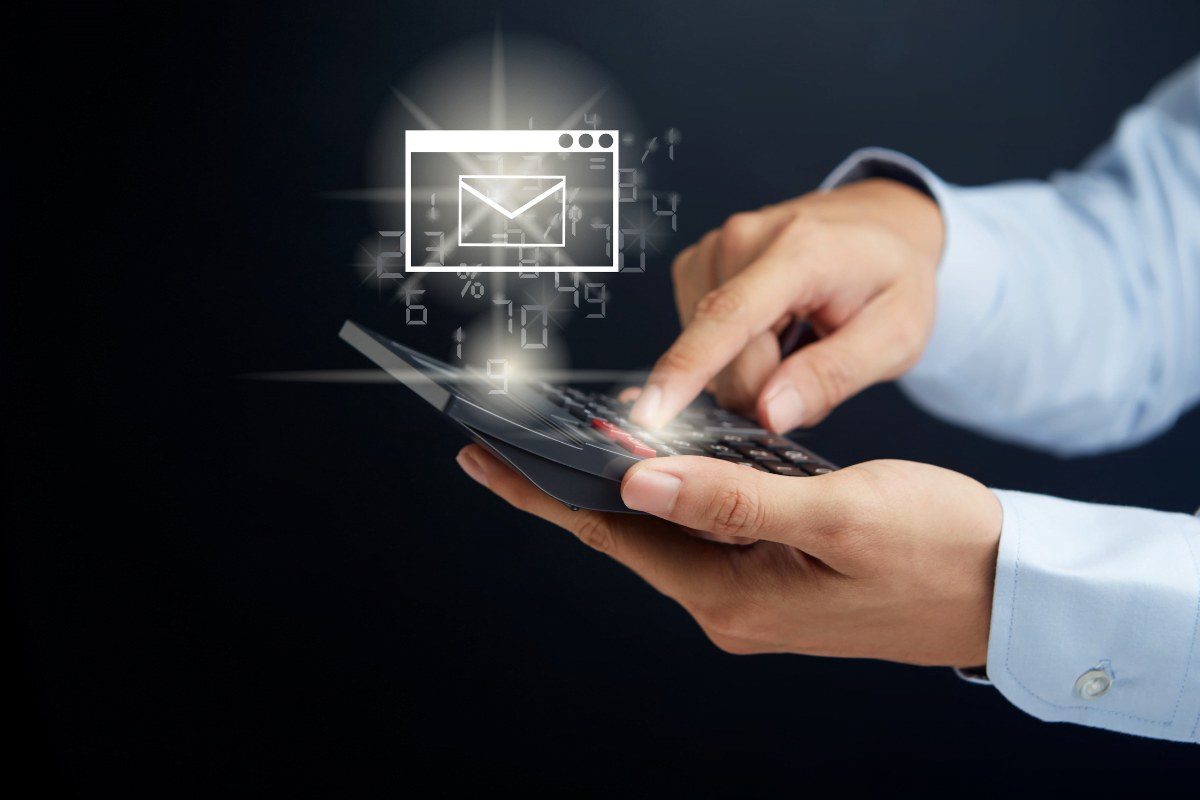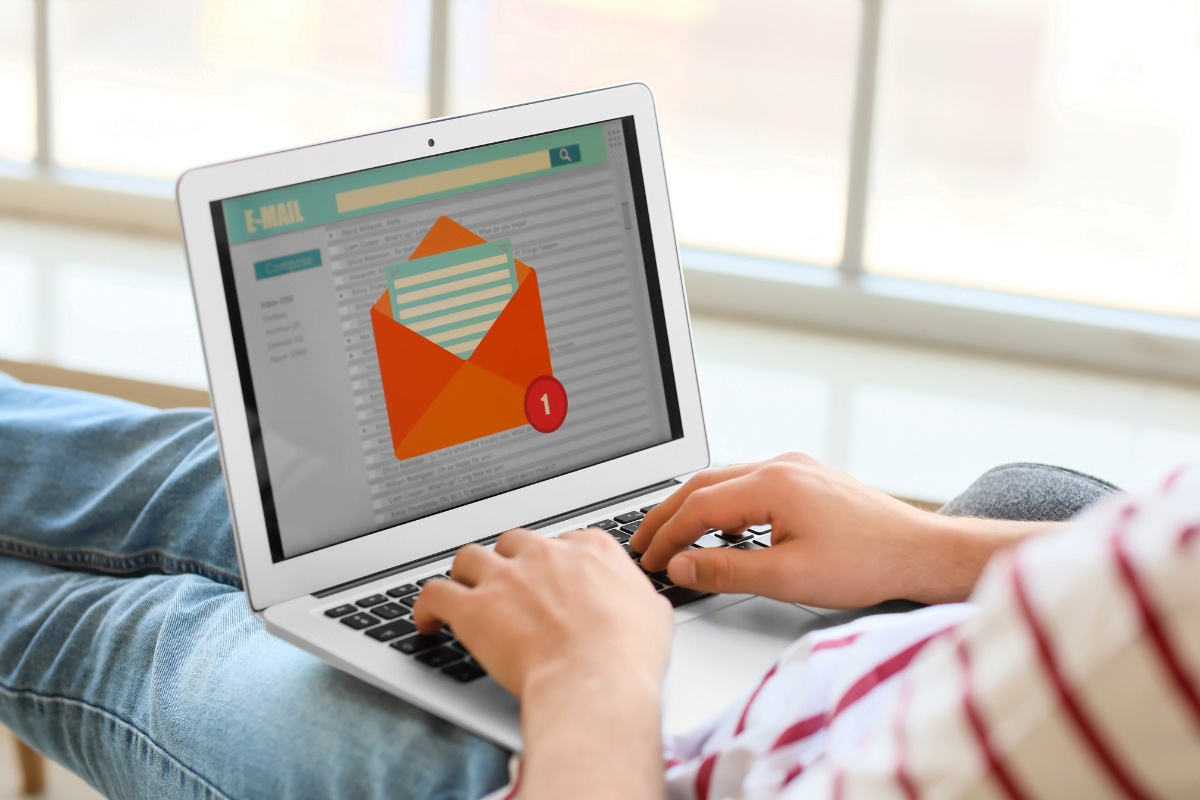Are you tired of spending countless hours manually sending out emails to your customers? Do you want to take your email marketing strategy to the next level and supercharge your efforts? Well, get ready to revolutionize your email campaigns with the power of automation! In this blog post, we will explore the exciting world of email automation workflows and how they can transform your marketing strategy.
Picture this: you have a growing list of subscribers who are interested in your products or services. Each one of them receives a personalized welcome email, a series of follow-ups, and relevant content based on their preferences – all without you lifting a finger. Sounds too good to be true? It’s not! Through email automation, you can streamline your marketing efforts and create a seamless customer experience.
Prepare yourself and fasten your seatbelt because we are about to unlock the complete power of your marketing solutions by equipping you with the necessary knowledge and tools!
Revolutionize Your Marketing With Automated Workflows
What Are Email Automation Workflows?
Email automation workflows are an essential component of any effective marketing strategy. These workflows involve the use of automated marketing campaigns to nurture leads, engage customers, and drive conversions. By leveraging the power of email automation, businesses can streamline their marketing efforts and deliver personalized content to their audience.
With email automation workflows, you can set up a series of emails that are triggered based on specific actions or behaviors. For example, you can create a workflow that sends a welcome email to new subscribers, followed by a series of educational emails to help them get acquainted with your brand. You can also create workflows that target customers who have abandoned their shopping carts, reminding them of the items they left behind and offering incentives to complete their purchase.
By using email automation workflows, you can save time and effort by automating repetitive tasks, while still delivering timely and relevant content to your audience. This not only helps to nurture leads and build relationships with your customers but also allows you to track and analyze the effectiveness of your email campaigns. So, if you want to supercharge your marketing strategy, it’s time to explore the power of email automation workflows.
Benefits Of Email Automation

Numerous benefits are provided by email automation workflows, and here are just a few:
- Time-Saving: With email automation workflows, you can set up predefined actions and triggers, which eliminates the need for manual intervention. This saves you time and allows you to focus on other important tasks.
- Increased Efficiency: By automating repetitive tasks, email automation helps improve efficiency. You can create personalized and targeted email campaigns that deliver the right message to the right audience at the right time. This leads to higher engagement rates and conversions.
- Improved Customer Experience: Email automation workflows allow you to send timely and relevant emails based on customer behavior and preferences. By delivering personalized content, you can enhance the customer experience and build stronger relationships with your audience.
- Consistency in Communication: With email automation, you can ensure consistent communication with your subscribers. You can set up a series of emails that are sent at regular intervals, keeping your audience engaged and informed.
- Better Analytics and Tracking: Email automation workflows provide detailed analytics and tracking features. You can measure the success of your email campaigns, and track open rates, click-through rates, and conversions. This data helps you make informed decisions and optimize your email marketing strategy.
- Scalability: As your business grows, email automation can easily scale with your needs. Whether you have a few hundred subscribers or a large customer base, automation tools can handle the volume and deliver emails efficiently.
- Cost-Effective: Email automation workflows eliminate the need for manual labor, reducing costs associated with hiring additional staff or outsourcing email marketing tasks. This makes it a cost-effective solution for businesses of all sizes.
Integrating email automation workflows into your marketing tactics can turbocharge your campaigns and yield superior outcomes.
How To Set Up Email Automation Workflows
Email automation has become an essential part of any successful marketing strategy. By setting it up, you can streamline and personalize your communication with your target audience. Here’s a step-by-step guide on how to do it:
- Define Your Goals: Before diving into setting it up, it’s crucial to clearly define your goals. Are you looking to nurture leads, onboard new customers, or re-engage inactive subscribers? Understanding your objectives will help you create relevant and effective workflows.
- Choose the Right Email Marketing Platform: There are several email marketing platforms available that offer automation capabilities. Research and choose the platform that best suits your needs and budget. Look for features like segmentation, personalization, and easy workflow creation.
- Segment Your Audience: Segmenting your audience is key to delivering highly targeted and personalized emails. Divide your subscribers into different groups based on demographics, behavior, or past interactions. This will allow you to send tailored messages to each segment.
- Map Out Your Workflows: Visualize the journey you want your subscribers to take through your email automation workflows. Determine the triggers that will initiate the workflow and the actions that will follow. For example, a trigger could be a subscriber signing up for your newsletter, and the action could be sending a welcome email.
- Create Engaging Content: Craft compelling and relevant content for each step of your workflow. Personalize your emails by addressing subscribers by name and tailoring the content to their specific interests. Use a mix of informative, promotional, and educational content to keep your subscribers engaged.
- Test and Optimize: Once you’ve set up your email automation workflows, it’s essential to monitor their performance. Track metrics like open rates, click-through rates, and conversion rates to identify any areas for improvement. A/B testing different elements, such as subject lines, pop-ups, or call-to-action buttons, can help you optimize your workflows.
Remember to regularly review and update your workflows to ensure they remain effective and aligned with your goals.
Best Practices For Email Automation Workflows

To maximize the effectiveness of your email automation workflows, it’s important to follow these best practices:
- Segment Your Audience: Divide your email list into smaller segments based on demographics, interests, or behavior. This allows you to send targeted and personalized emails that resonate with your recipients.
- Set Clear Goals: Define the objectives of your email automation campaigns. Whether it’s increasing sales, nurturing leads, or driving website traffic, having clear goals will help you design and optimize your workflows accordingly.
- Craft Compelling Subject Lines: The subject line is the first thing recipients see in their inbox. Make it catchy, concise, and relevant to entice them to open your emails. Experiment with A/B testing to determine which subject lines perform best.
- Personalize Your Content: Address your recipients by their names and use dynamic content to tailor your emails based on their preferences. Personalization creates a more engaging and relevant experience, increasing the chances of conversion.
- Test and Optimize: Continuously monitor the performance of your email automation workflows. Experiment with different elements such as email design, call-to-action buttons, and sending frequency to identify what resonates best with your audience.
- Provide Value: Ensure that every email you send provides value to your recipients. Whether it’s through educational content, exclusive offers, or personalized recommendations, delivering value builds trust and strengthens your relationship with subscribers.
- Monitor Deliverability and Engagement: Keep an eye on your email deliverability rates and engagement metrics such as open rates, click-through rates, and conversions. Regularly clean your email list to maintain a healthy subscriber base.
By following these best practices for email automation workflows, you can supercharge your marketing strategy and achieve greater success in engaging and converting your audience.
Real-Life Examples Of Successful Email Automation
Experiment with different workflows to find what works best for your audience and industry.
- Welcome Series: A successful email automation workflow that many businesses use is a welcome series. When a new subscriber joins your mailing list, you can set up a series of emails that introduce your brand, provide useful information, and nurture the relationship. This can help you establish a strong connection with your subscribers right from the start.
- Abandoned Cart Recovery: Another effective email automation workflow is the abandoned cart recovery. When a customer adds items to their cart but doesn’t complete the purchase, you can automatically send them a series of reminder emails. By offering incentives or highlighting the benefits of completing their purchase, you can encourage them to return and complete the transaction.
- Personalized Recommendations: Email automation workflows can also be used to provide personalized product recommendations to your subscribers. By analyzing their browsing and purchase history, you can send targeted emails that showcase products they might be interested in. This not only increases the chances of making a sale but also enhances the customer experience.
- Post-Purchase Follow-Up: After a customer makes a purchase, it’s crucial to maintain their engagement and foster loyalty. An effective email automation workflow for this is a post-purchase follow-up series. You can send emails to thank the customer for their purchase, provide order details, and offer additional recommendations or discounts for future purchases.
- Re-Engagement Campaigns: To re-engage subscribers who haven’t interacted with your emails in a while, you can set up re-engagement campaigns. By sending targeted emails with exclusive offers or personalized content, you can entice them to re-engage with your brand and potentially become active customers again.
By implementing marketing automation, businesses can streamline their marketing efforts, increase customer engagement, and drive conversions.
Ready To Streamline Your Email Marketing?

Harness the power of email automation workflows with Newman Web Solutions! Bid farewell to manual processes and jump aboard the automation train. Our expert team will help you create highly efficient, responsive, and personalized workflows that reach right into the heart of your audience.
Don’t let your business get tangled in the daily email rut. Let’s ignite your marketing strategy with the dynamism of automation. Can you hear the opportunity knocking at your door?
Act now! Contact Newman Web Solutions and elevate your email marketing to new heights today!






